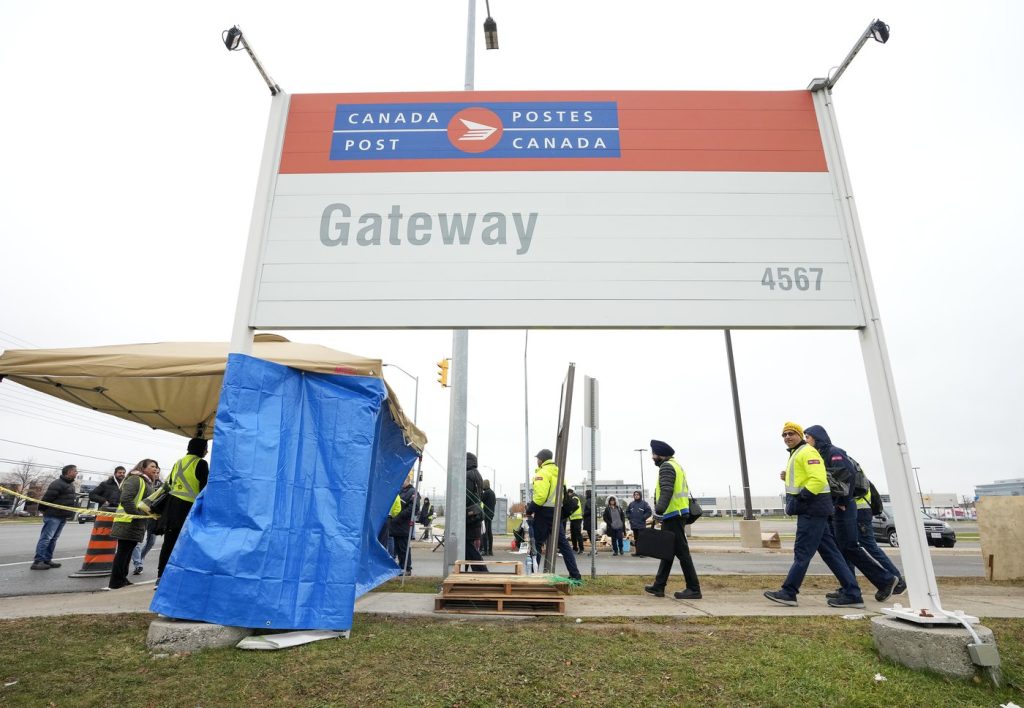FAQ: Canada Emergency Response Benefit

Posted April 1, 2020 9:02 pm.
Last Updated April 2, 2020 2:51 pm.
In response to the coronavirus pandemic and the resultant job losses and financial uncertainty for Canadians countrywide, the federal government announced the Canada Emergency Response Benefit (CERB) to help those affected tide over the next few months.
What is the CERB?
The CERB is a taxable government payment meant to temporarily help those grappling with job loss or other circumstances that have resulted in sudden loss of income due to the COVID-19 pandemic.
It offers $2000 per month and is paid in blocks of four weeks, which amounts to $500 a week. A maximum of 16 weeks or four months of benefits can be paid.
The CERB is available from March 15 to Oct. 3, 2020. You can apply no later than Dec. 2, 2020. Your payments will be retroactive to your eligibility date.
Benefits will start within 10 days of you submitting an application. There is no waiting period.
While the benefits are taxable, tax is not deducted when it is paid to you. You must report the CERB payments as income when you file your taxes for 2020.
Who can apply for the CERB?
You can apply for the CERB if you:
- were let go from your job, your hours have been reduced to zero and you and do not have paid leave or other income support
- were let go from your job and are eligible for Employment Insurance – regular or sickness benefits
- still have your job but have been temporarily laid off and asked not to come to work
- are sick or quarantined – you do not need a medical certificate as proof
- are taking care of someone who has contracted COVID-19
- are a working parent who has to stay home, without pay, to care for your children or other dependents whose care facility is closed
- are self-employed and would not otherwise qualify for employment insurance (EI)
- are a contractor and would not otherwise qualify for EI
What are the criteria to apply for CERB?
The CERB is only available to those who have stopped working due to reasons related to COVID-19.
If you are currently looking for a job, you are not eligible for the benefit. For example: students who may have had a job last year and were planning on working this summer do not qualify.
To apply for CERB you must fulfill the following criteria:
- You must reside in Canada and be at least 15 years old
- You must have a valid social Insurance Number
- You must have stopped working because of COVID-19 related reasons or are eligible for Employment Insurance – regular or sickness benefits
- You had income of at least $5,000 in 2019 or in the 12 months prior to the date of applying for CERB. This can be from employment, self-employment, maternity/paternal benefits under the EI program or a combination of those sources.
- You expect to be without employment or self-employment income for at least 14 consecutive days within the first four-week period. For the rest of the benefit periods, you expect to have no employment income
- If you are not a citizen or a permanent resident, you may be eligible to receive the CERB if you meet other eligibility requirements – including international students and temporary foreign workers.
What documents do I need to submit?
You do not need extensive documentation immediately to apply for the CERB.
You will need to provide:
- You personal contact information
- Your Social Insurance Number
- You’ll need to confirm you meet the eligibility requirements.
You could be asked to provide additional documentation to verify your eligibility at a future date.
CERB vs EI
If you have stopped working because of COVID-19, you should apply for the CERB whether you are eligible for EI or not.
On April 6, the federal government is launching a single online portal to assist with the CERB application process. Until then, if you have lost your job and are eligible for EI, you can continue to apply for it.
In addition, you should also continue to apply for other EI benefits like maternity leave, parental leave, caregiving, fishing and worksharing as applicable to your situation.
Whether you receive EI or CERB depends on when you became eligible for EI:
- If you are already receiving EI regular benefits, you will continue to receive them until the end of your benefit period.
- If you became eligible for EI on March 15 or later, your application will automatically be processed through CERB.
- If your EI benefits started before March 15 and end before Oct. 3, you can then apply for the CERB if you meet the eligibility requirements.
- After you stop receiving the CERB you can still receive EI if you are eligible. Further, the period for which you received the CERB does not affect your EI entitlement.
- If you have applied for EI but your claim has not been processed yet, you do not need to reapply for the CERB – you will continue to receive EI benefits if you became eligible for them before March 15. If you became eligible after March 15, your claim will automatically be processed under CERB.
- If you are receiving maternity/parental or other special benefits and you cannot return to work after you finish collecting them due to reasons related to COVID-19, you may be eligible to apply for CERB.
You cannot be paid Employment Insurance benefits and the Canada Emergency Response Benefit for the same period.
When shall I apply for the CERB?
The CRA has set up specific days for you to apply:
| If you were born in the month of | Apply for CERB on | Your best day to apply |
|---|---|---|
| January, February or March | Mondays | April 6 |
| April, May, or June | Tuesdays | April 7 |
| July, August, or September | Wednesdays | April 8 |
| October, November, or December | Thursdays | April 9 |
| Any month | Fridays, Saturdays and Sundays |
Source: Canada.ca








